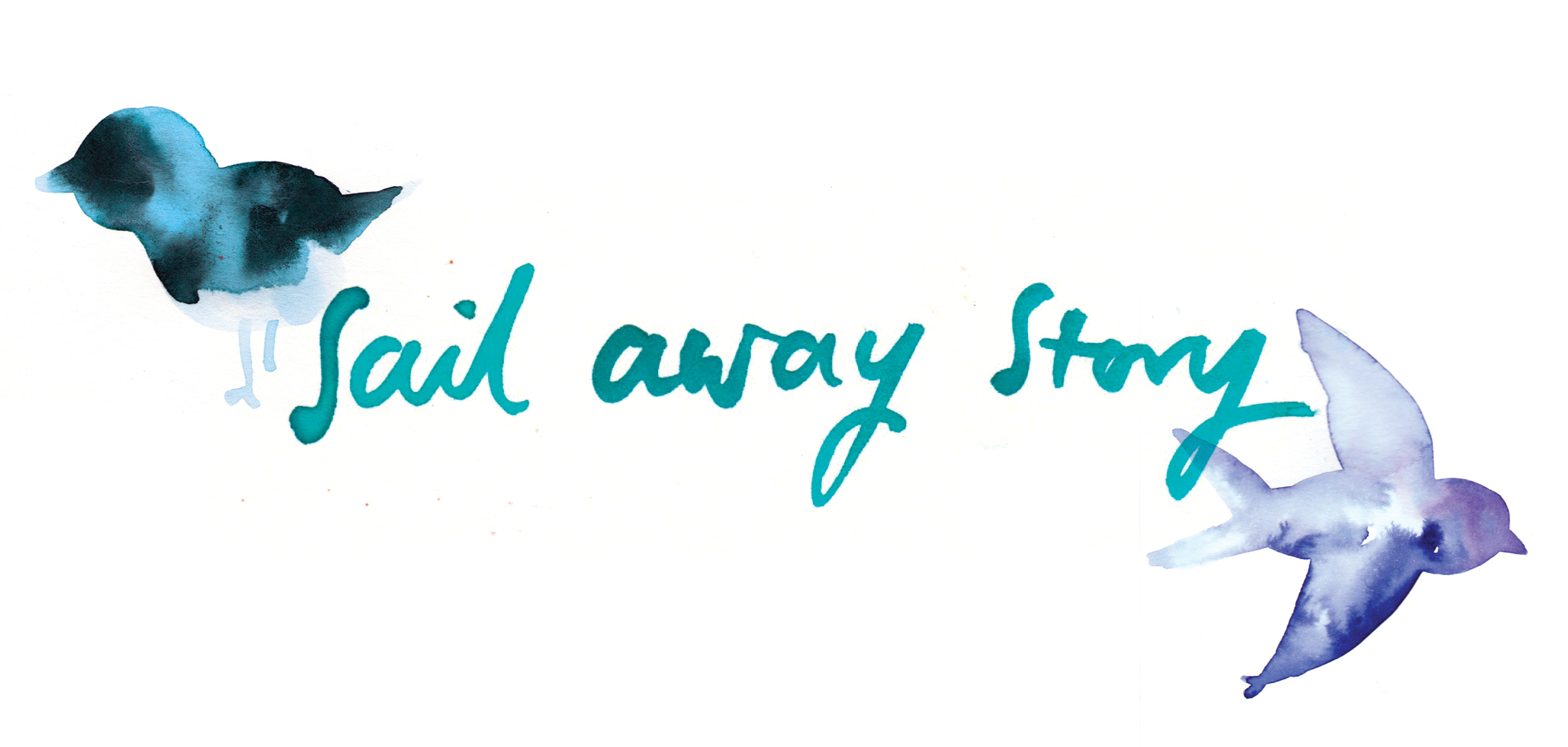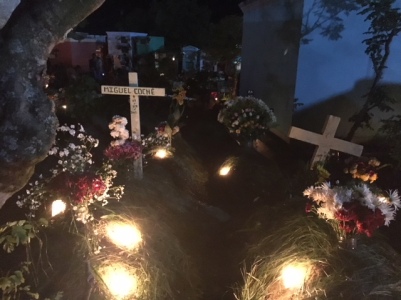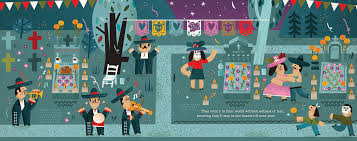*Español abajo
Surely there are many challenges of staying put at home for days, weeks, months…daily squabbles with our family members are becoming more frequent, we are missing social gatherings and we crave to have mobility outside of our own garden.
Entiendo que no es fácil quedarse en casa por días, semanas, meses…las disputas familiares son cada vez mas frecuentes, extrañamos salir y pasear con amigos, deseamos cruzar las fronteras de nuestros propios patios.
And yet, we are discovering the silver lining of our new circumstances. Life moves slower…we spend entire afternoons in our garden marveling over small discoveries like caterpillars, sunflowers and wild mushrooms. We are falling in love with the books that have been forgotten on our shelves the over years. And our pantry has never been more organized.
Y, sin embargo, estamos descubriendo el lado positivo de nuestras nuevas circunstancias. La vida se mueve despacito…pasamos tardes completas en nuestro jardín maravillándonos con pequeños descubrimientos como orugas, girasoles y hongos silvestres. Estamos encontrando libros y cuentos olvidados en nuestras estanterías. Y nuestra bodega de comida nunca ha estado tan ordenada como hoy en día.
We’ve been spending more time in our kitchen…baking bread, making salads with home grown lettuce and experimenting with dessert creations.
What has your family been making/baking/creating?
Today’s Sail Away Story post is a bilingual poem and recipe. Enjoy!
Hemos pasado mas tiempo en nuestra cocina…horneando pan, haciendo ensaladas con lechuga cosechada en nuestro propio huerto y experimentando con postres.
¿Qué han cocinado/horneado/creado?
El post de hoy es un poema y una receta bilingüe. ¡Que disfruten!
Book: Arroz con leche/Rice Pudding
Author: Jorge Argueta
Illustrator: Rafael Yockteng
*Click on the link below to hear me (Amanda:) read Rice Pudding with my friend Juanita! Haz un clic en el enlace abajo para escucharme (Amanda) leer Arroz con leche con mi gran amiga Juanita!
Family Discussion:
- Do you have any special family recipes? What are they?
- What is your favorite dessert?
- Are there any foods that bring you comfort when you are having a difficult day? What are they?
Discusión familiar:
- ¿Cuáles son tus favoritas recetas familiares?
- ¿Cuál es tu postre favorito?
- ¿Hay algunas comidas que te ponen a sentir mejor cuando hayas tenido un mal día? ¿Cuáles son?
Family activities:
- Make rice pudding! Follow the recipe from the book here.
- In the style of Rice Pudding, write a poem about a food that you adore.
- Create a recipe book of family recipes.

Actividades familiares:
- ¡Prepara arroz con leche. Sigue la receta aquí.
- En el estilo de Arroz con leche, escribe un poema sobre una comida que adoras.
- Crea un libro de recetas con tus propias recetas familiares.

























